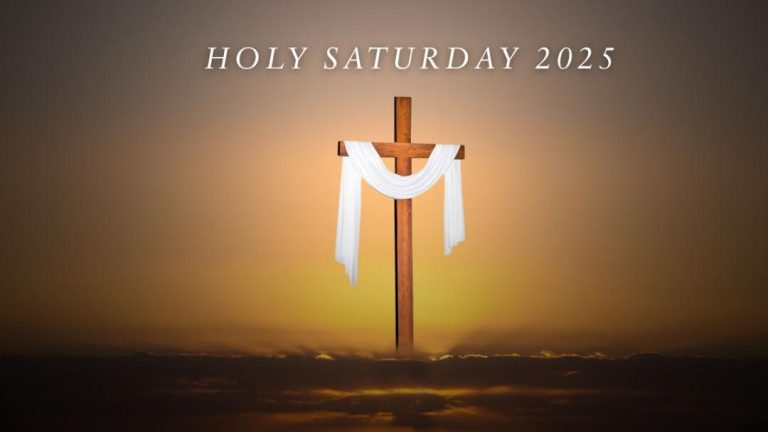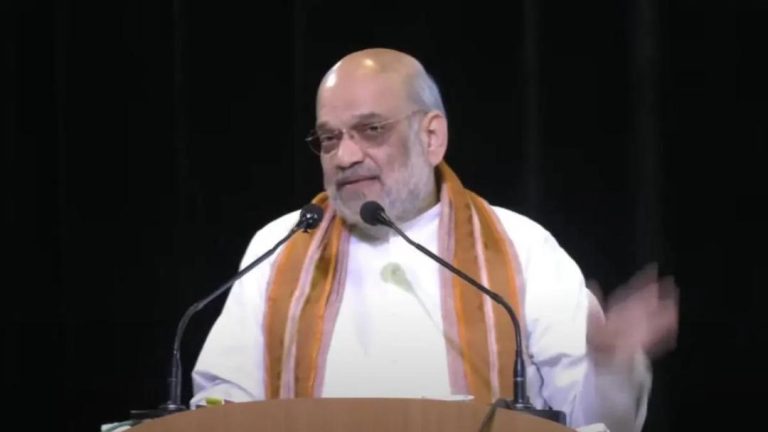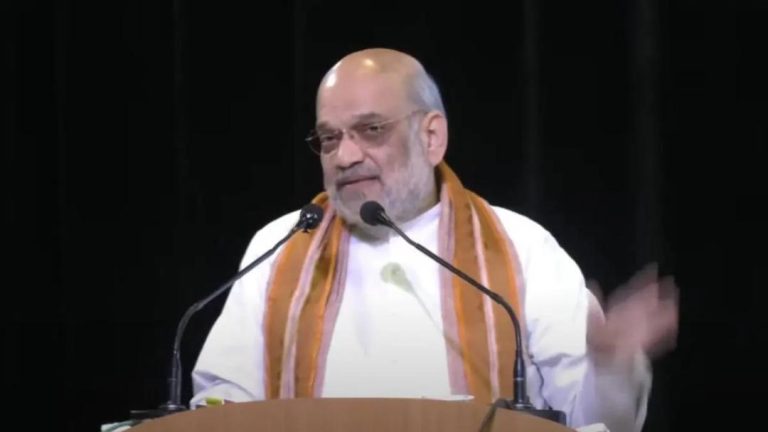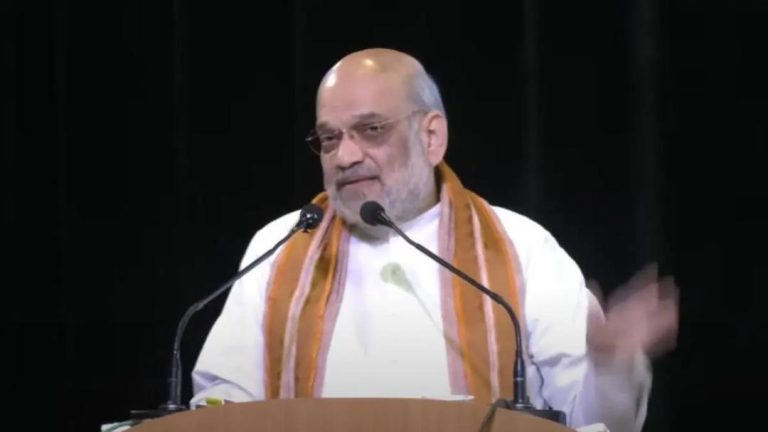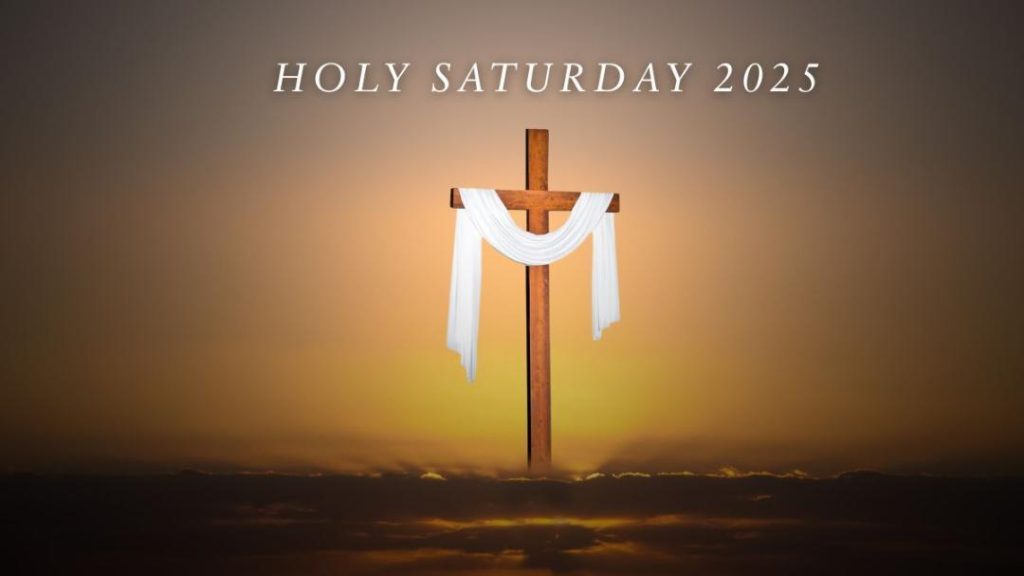
What is Holy Saturday & why is it celebrated?
Holy Saturday, observed between Good Friday and Easter Sunday, marks the day Jesus Christ lay in the tomb after his crucifixion. It signifies a period of silence, reflection, and anticipation before the celebration of his resurrection. This year, Holy Saturday will be observed on April 19, 2025, followed by Easter Sunday on April 20.
For many Christians, Holy Saturday is a day of quiet contemplation, a time to reflect on the significance of Jesus’ death and the promise of his resurrection. It is a day to remember the darkness and despair that surrounded Jesus’ death, and the hope and joy that comes with his resurrection.
The significance of Holy Saturday can be understood by looking at the events that occurred on this day in the Bible. According to the New Testament, Jesus was crucified on Good Friday, and his body was placed in a tomb. The tomb was sealed and guarded by Roman soldiers to prevent anyone from stealing his body.
On the third day, Sunday, Jesus was said to have risen from the dead, appearing to his followers and proving his divinity. The event of Jesus’ resurrection is seen as a symbol of hope and redemption, and is celebrated on Easter Sunday.
But the day before, Holy Saturday, is a period of silence and anticipation. It is a time to reflect on the sacrifice that Jesus made for humanity, and to prepare for the joy and celebration that comes with his resurrection.
The significance of Holy Saturday can be seen in the way it is observed in different Christian traditions. In some churches, Holy Saturday is a time of fasting and abstinence, a way to prepare for the celebration of Jesus’ resurrection. In other churches, it is a time of quiet contemplation and reflection, a chance to focus on the significance of Jesus’ death and the promise of his resurrection.
One of the most well-known traditions associated with Holy Saturday is the Easter Vigil, a service that takes place in many churches on the evening of Holy Saturday. The service typically begins in darkness, with the lighting of the Paschal candle, which symbolizes the light of Christ. The service then proceeds with the recitation of psalms, hymns, and readings from the Bible, culminating in the celebration of Jesus’ resurrection.
The Easter Vigil is a powerful symbol of the Christian faith, and is seen as a way to experience the joy and hope of Jesus’ resurrection. It is a reminder that even in the darkest of times, there is always hope for a brighter future.
In addition to the Easter Vigil, Holy Saturday is also a time for many Christians to engage in acts of charity and service. This is seen as a way to follow in the footsteps of Jesus, who showed compassion and love to those in need. Many churches and organizations use Holy Saturday as an opportunity to serve the community, whether it be through food drives, volunteer work, or other forms of service.
In conclusion, Holy Saturday is a significant day in the Christian calendar, marking the period of silence and anticipation before the celebration of Jesus’ resurrection. It is a day to reflect on the sacrifice that Jesus made for humanity, and to prepare for the joy and celebration that comes with his resurrection. Whether through quiet contemplation, the Easter Vigil, or acts of charity and service, Holy Saturday is a day to focus on the significance of Jesus’ death and the promise of his resurrection.
